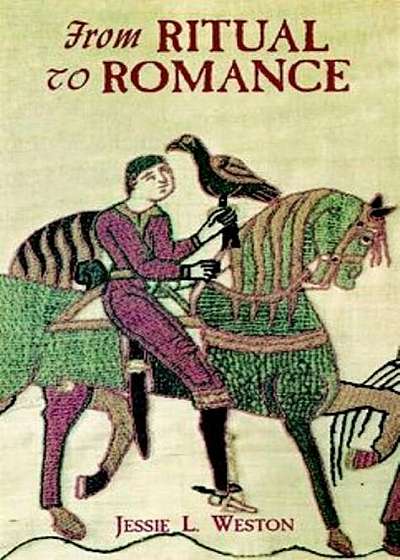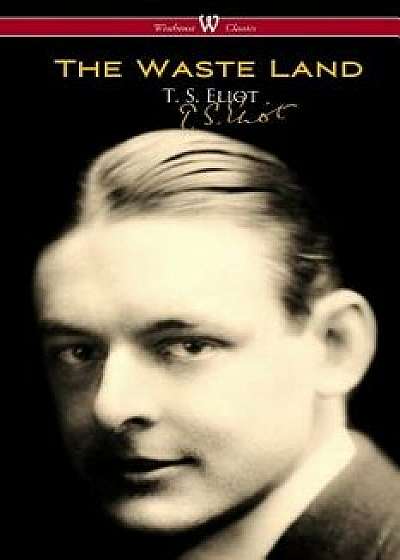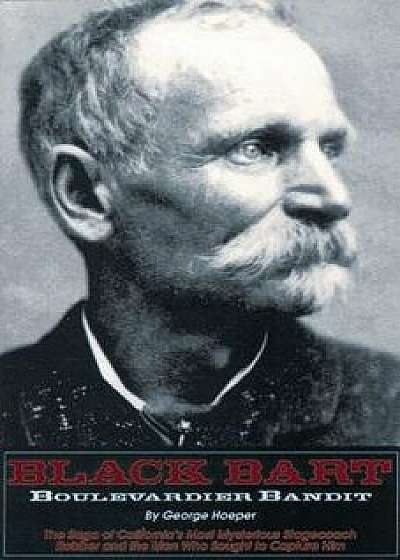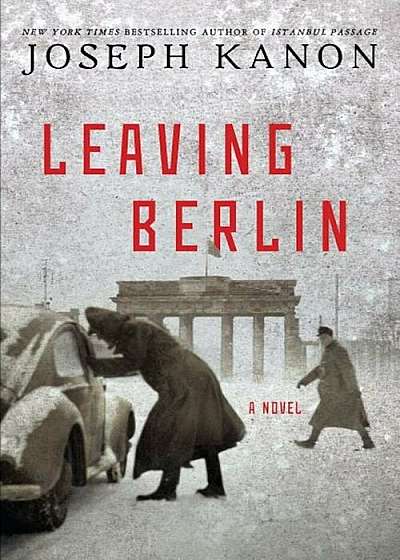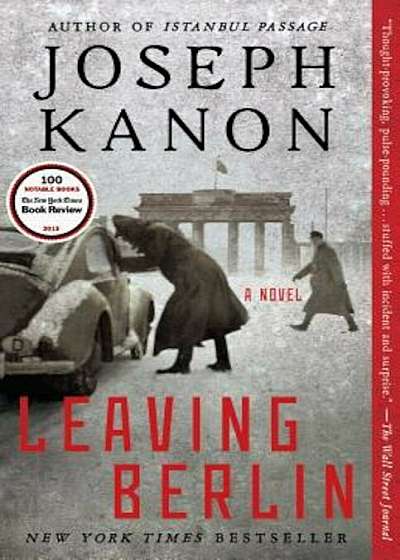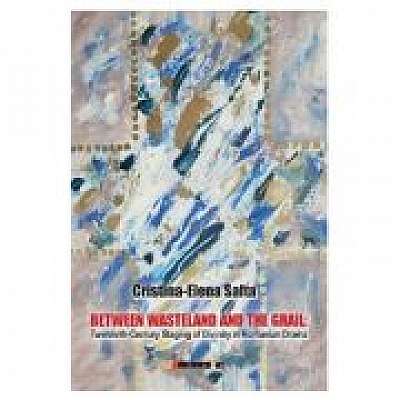
Between Wasteland and the Grail
Descriere
Between Wasteland and the Grail: Twentieth-Century Staging of Divinity in Romanian Drama
Editie in limba engleza.
It rarely happens that an author's first book, even when based on a doctoral thesis, should display both multiple hermeneutic skills and the difficult enterprise of theorizing and conceptualizing the object of investigation, while also covering previous exegetic exercises both with a critical eye and an heir's deference to intellectual legacy. Although the analysis goes down to the lexical and etymological level of the texts, the assumption of a methodology and its consistent application remains an imperative considered throughout the book. In accordance with current practice, Cristina Elena Safta combines several methods. The studies of representation seemed to come in handy, especially in the manner of the cultural materialism from Birmingham represented by Edward Hall, to which was added Foucault's and Vito Pandolfi's New Historicism, out of whose combination rose the critical theory known as cultural studies. Unlike classical historical theatre, understood as a succession of paradigms, New History studies the past as a succession of styles, the double past/ present perspective relativizing their distance in time. Looked at in this perspective, the succession of epistemic matrices from the early Middle Ages to the present day corresponds to three almost contemporary paradigms. The medieval, theocratic vision of the history of humanity cast in the mould of biblical history from the Genesis to the Last Judgment is identified in Valeriu Anania's plays. The deconstruction of this paradigm has taken centuries of real history. The stages covered along this timespan are classified in a way that proves disciplinary culture. In Renaissance drama, exemplified by Lope de Vega, the place of God in whose eye man is playing his part in the cosmic script is taken by the creative artist, while the eighteenth century relativizes the notion of divinity which becomes a concept, a human construct. Transcendence becomes possible again with the advent of studies on the subconscious. In Lucian Blaga's case, the author discusses both the role of unconscious stylistic categories, linking them up with the later unconscious stylistic matrix in Lyotard's Discours, figure (1971), and the anticipation of the genesis of Heidgger's work (Der Ursprung des Kunstwerkes, 1950), the Manole / Mira / Gaman / church foursome being really analogous to the Heideggerian tetrad that brings together in the work of art divinity (revealed in Manole's subconscious), mortals (Mira), earth (Gaman) and heaven (church). Finally, the semiological aesthetics after the war is illustrated by the author through the self-reflexive drama of Marin Sorescu. The deconstruction of divine logocentrism in nature proliferating chaotically as in The Saxton is pitted against the construction of the figure of the artist in Jonah, where the protagonist no longer carries God's message to humans, but his own message, word and memory, which save him from the leviathan of amorphous nature. The definition of three poetics in relation to cognitive matrices associated with the three epochs - religious premodernity, oriented towards transcendence, epistemology-oriented modernity, and postmodernity dominated by semiology - already involves discourse analysis, both in the study of cognitive values and power relations in the dramatic universe. However, the author uses this interdisciplinary paradigm in the analysis of the layers of communication (between characters inside the play, and between the playwright and the audience outside it), following the pattern devised by Paul Simpson in Language, Ideology and Point of View (2003). Current methods are thus internalized and transformed into tools of interpretation. The book has an admirably balanced, unitary and appropriate structure as far as the logic of argumentation is concerned. Each historical paradigm corresponds, not only to a certain epistemological foundation of the poetics involved in the selected pieces, but also to a set of generic conventions of representation. Each section has its own introductory and conclusive passage, as the finality of the research is not a heaping up of arguments in support of a single hypothesis, but the configuration of a typology. This does not mean that comparisons among the three paradigms are missing, each being defined in relation to the others. The book is based on extensive readings of the literature on related topics - a substantial and judiciously selected bibliography, proving the knowledge of the disciplinary context, but, without a doubt, its special merit concerns the hermeneutic exercise, the ability to identify the meanings of a text or to read them in the texture of each text. The recourse to etymology, to other writings by the same author in the best hermeneutic tradition, the study of inter- and paratextuality serve to decode literary works which face with difficulties even a very experienced critic. Comforting for those concerned about the future of Romanian research are the originality and depth of the interpretation of an emblematic work of the last century, The Waste Land by T.S. Eliot, who benefited from perhaps the most intense exegetic work since its appearance (1922) down to recent revisions. The polyphonic composition, the juxtaposition of autonomous and disconnected voices, the absence of narrativity and lyricism, but especially the atmosphere and theme went into the making of Eliot's iconic language . Familiar with the text but also with biblical hermeneutics, as well as with various theological, dogmatic writings, or history of ideas, Cristina Elena Safta identifies the presence of a passage from Christ's salvation drama (the prayer in the Garden of Gethsemane and the arrest of Jesus) interwoven in the beginning of the last part of the poem, generally inspired by Hindu mythology. Here is an excerpt from Safta's gloss which deserves to be reproduced in full: "We will firstly analyze the Christian references present in the first stanza of the last chapter: "the frosty silence in the garden" (Eliot) refers to Lord Jesus Christ's prayer in the Gethsemane garden. We retrieve from Hieromartyr Archpriest John Vostorgov, martyred by the Bolsheviks in 1918, a sermon passage: "The terrifying darkness of the garden and the silence of the night encircle Him. His disciples, Whom His soul sought and thirsted to be with, sleep nearby. They are asleep, as if to indicate the weakness of human nature. Jesus is alone...no one can hear His deep sorrowful sighs, His faint voice, weakened by the battle in His soul, and His prayer is burning, it is aflame" (Vostorgov, 2020). Therefore silence is not just any silence, and the garden is not just any garden, especially if we take into consideration the lines to follow; "the torchlight red on sweaty faces" (Eliot) is a direct referral to those who rushed to arrest Jesus Christ in the middle of the night, "So Judas came to the garden, guiding a detachment of soldiers and some officials from the chief priests and the Pharisees. They were carrying torches, lanterns and weapons" John, 18:3 (New International Version, online); "the agony in stony places" (Eliot) evidently refers to the Biblical Chapter when Jesus Christ is brought inside the roman palace, to answer before Pilate, where He was beaten and tortured by the Roman soldiers"... (a.s.o.). The author's conclusion is that Eliot's poem owed its success (including the Nobel Award) to his intuition of ecumenical purposes and the nihilistic discourse that characterized a century of world conflagrations and totalitarian ideological empires, born of that "Everything is allowed" deduced by Ivan Karamazoff from the Nietzschean Bible of God's death. Cristina Elena Safta never remains an ancillary reader of the text, her approach crossing over to other disciplines - archeology, ethnography, and performing arts. Last but not least, the author examines the social context that conditions the representation and perception of these dramatic texts, her discourse thus heading towards the ambitious field of cultural anthropology. The most important quality is perhaps her ability not to give in to the tendency of young researchers to collect as much information as possible, getting lost into an eclectic field of bookish references. Instead she sought a kind of attractor of epistemological foci combined into a coherent explanatory narrative. Existentialism, life towards death but also as tension towards mystery and revelation (in plays by Bartolomeu Anania and Lucian Blaga), the Heideggerian existentialist project (the world as representation in Blaga's Manole) or the Sartrean one (the figure of the artist in his creation, not preceding his work, but as its effect in Marin Sorescu's Jonah) are the epistemological keys to this legitimating narrative. The experience of exile may have inspired the ethical dimension of this discourse on one of the great dilemmas of the human condition in our age of confusion of values and atrophy of those spiritual drives on which European culture was built. Within that which, with cheerful and irresponsible serenity, is called the posthumanist era, this is a critical exercise raising the alarm. - Maria-Ana Tupan
